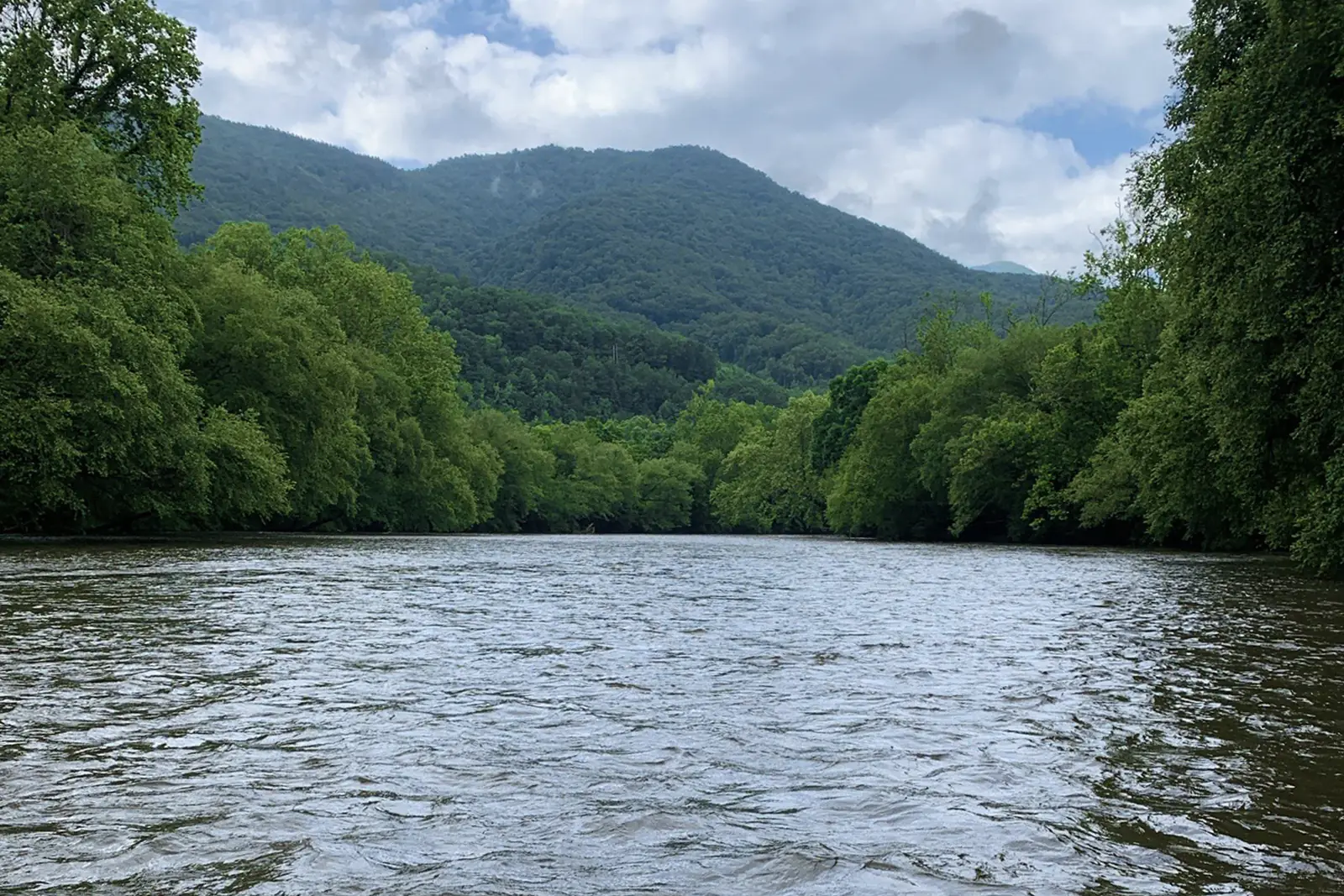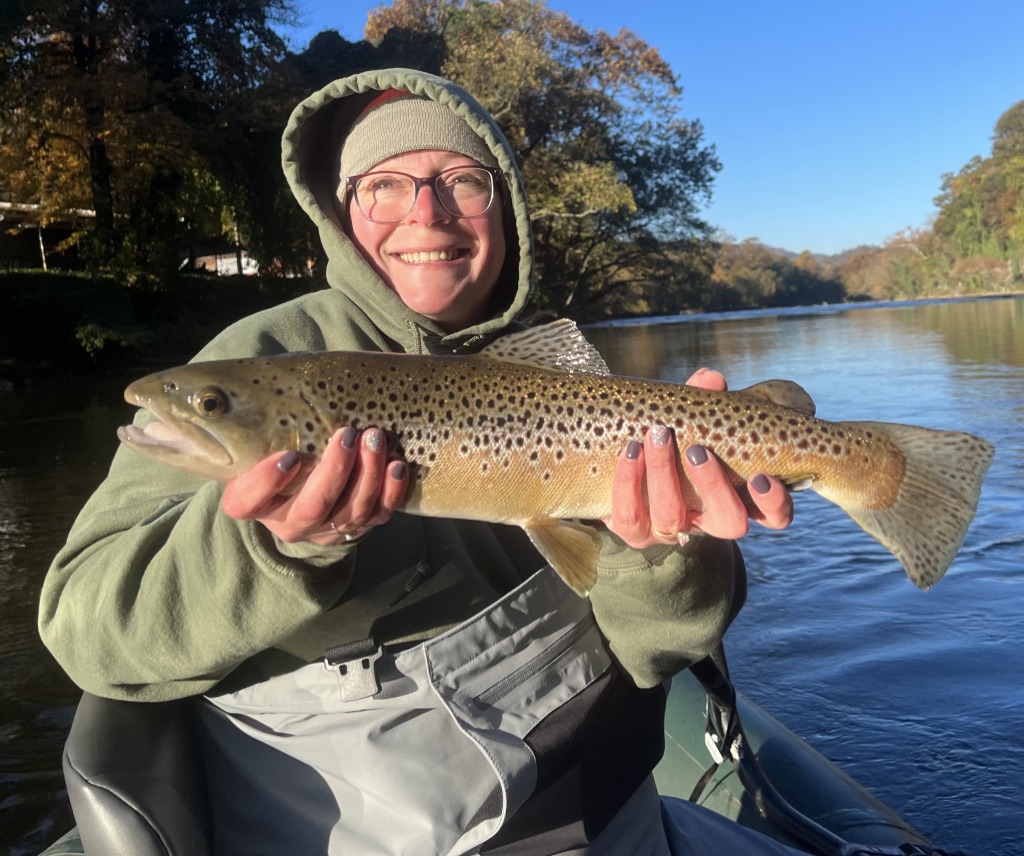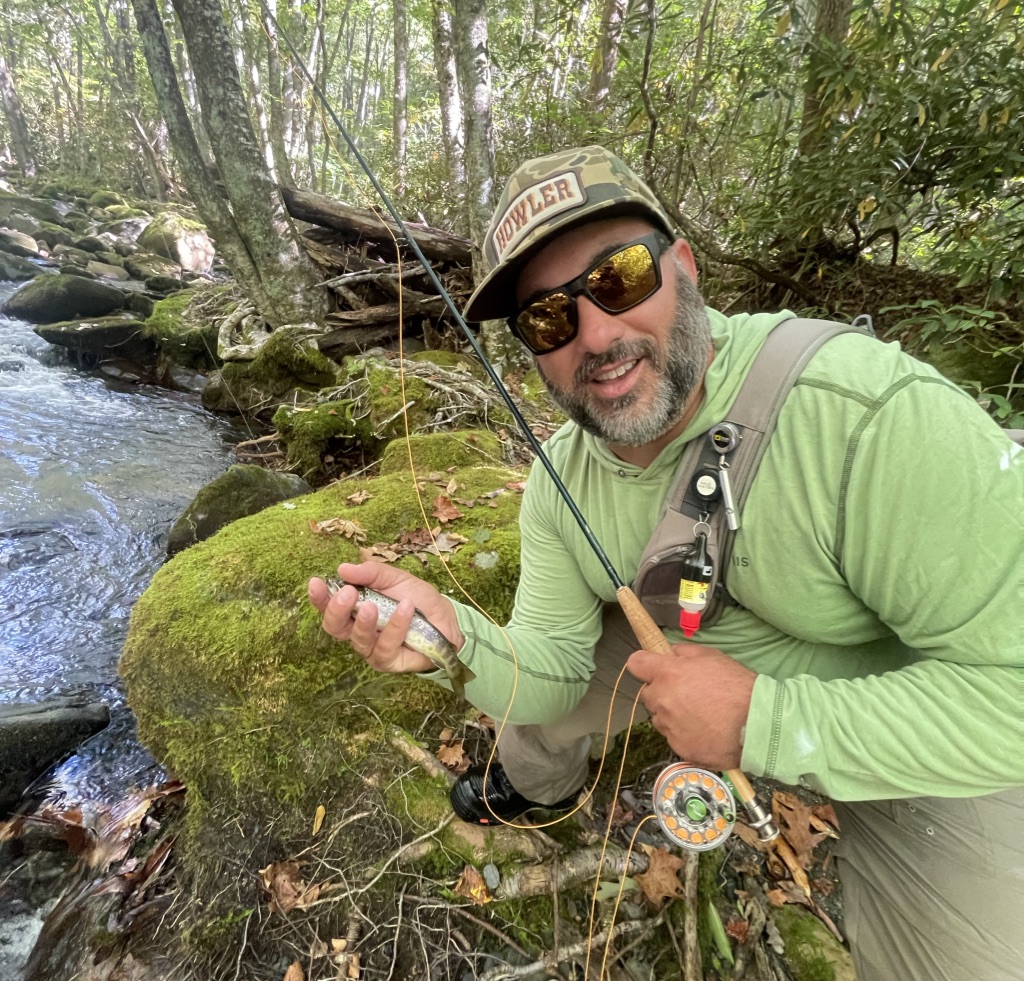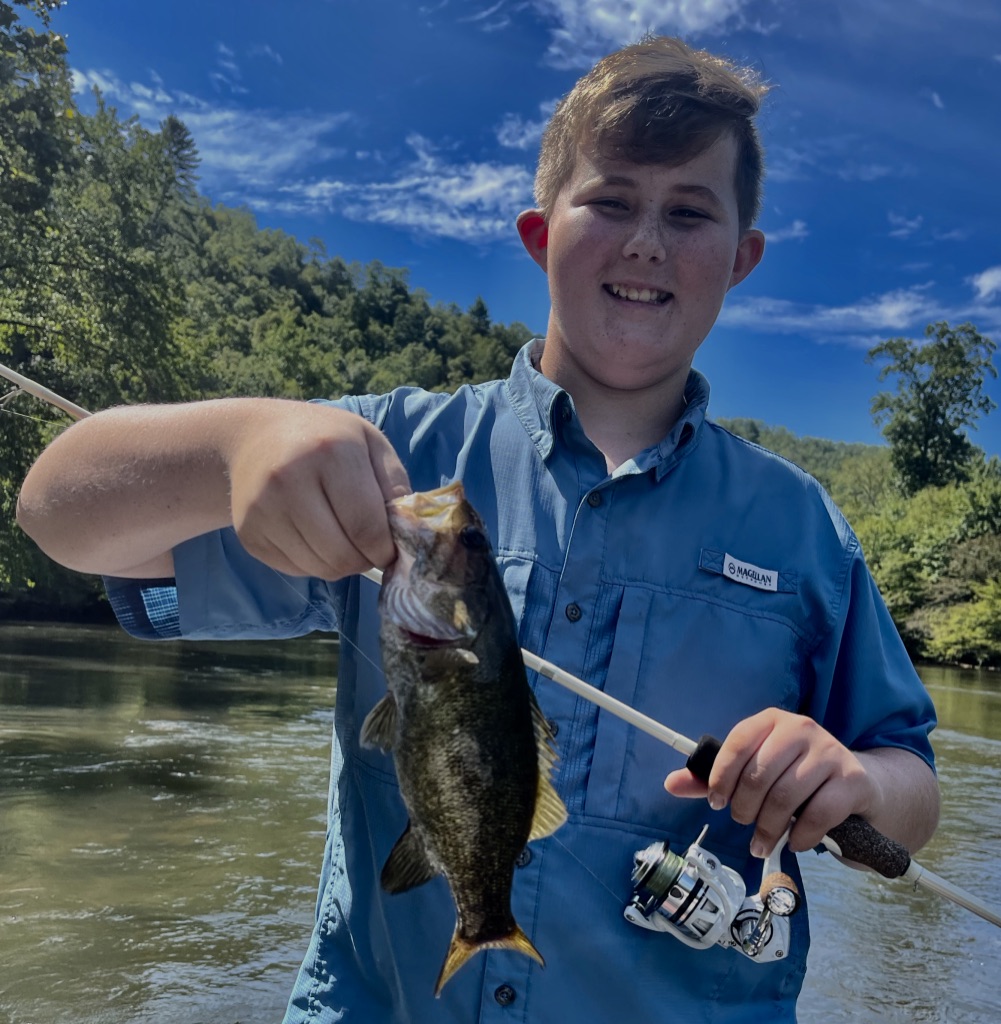
The Tuckasegee River, also known simply as “The Tuck,” is one of the primary waterways for our river float trips. In the right conditions and locations (especially in the headwaters), it’s a great river to walk-and-wade.
Fish Species
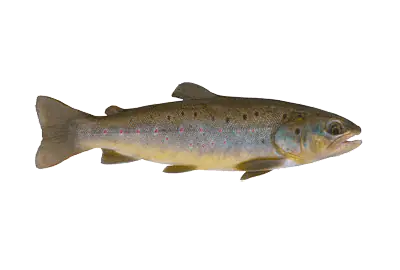
Brook Trout
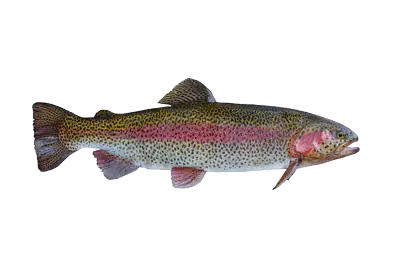
Rainbow Trout

Brown Trout
What's Special About This Water?
It helps to think of the Tuck in terms of two distinct sections of river: headwaters and tailwaters. The headwaters are upstream in the Dillsboro area and have lower-volume water flows, so it’s easier for wading. Moreover, the headwaters are stocked with rainbow trout, brown trout, and unlike the tailwaters, brook trout. We fish about a 4.4-mile stretch near Dillsboro.
The tailwaters are downstream near Bryson City as the river widens, deepens, and approaches Fontana Lake. The tailwaters have higher water flows and are stocked with rainbows and browns, but not brooks. We fish about a 2-mile stretch near Bryson City.
Water levels in the Tuck can vary dramatically based on weather and how much water is being released from dams on the East and West Forks. Following heavy rains, the Tuck often runs too fast and muddy for fishing (in which case we’ll either offer a rain check or propose a walk-and-wade trip in a smaller stream with less runoff). Stay in touch with your guide with respect to specific river conditions.
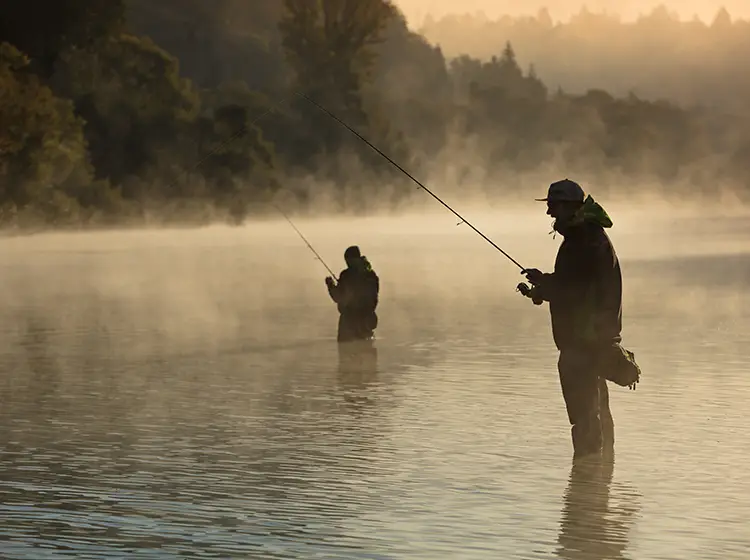
Best Time to Fish
The Tuckasegee is a year-round fishery, but the prime time for fly fishing for trout is October through May, before the water begins to warm up. Fall is the perfect time to fish the Tuck amidst the lovely foliage of western North Carolina. Mild winter days are also a wonderful time to be out on the river, but we find most clients prefer wade trips in the winter to keep moving in cooler temperatures.
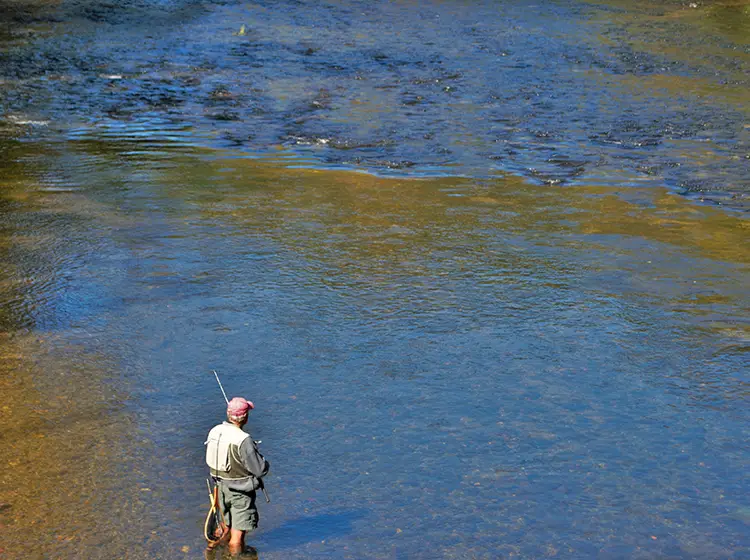
Trip Planning
The Tuckasegee begins at the confluence of Panthertown Creek and Greenland Creek south of Cullowhee. It flows northwesterly through multiple lakes into Swain County and ultimately into Fontana Lake. The river flows through the towns of Bryson City, and Dillsboro, and is very close to the town of Sylva.
Latest Fishing Reports
Additional Information
Technique and Tips
Given the depth of the Tuck, especially in the tailwaters, it’s best to use a longer leader to reach fish that tend to hug the bottom in the cooler depths.
Go-To Flies
We fish with wet flies, dry flies, and streamers on the Tuckasegee. Streamers can be very effective in landing big browns. We see the best action on dry flies in the spring. Euro nymphing is also a great fly-fishing technique on the Tuckasegee River.
Types of Trips
Per above, many of our float trips are on the Tuck. We take walk-and-wade trips in the headwaters primarily, but have a few spots we wade in the tailwaters as well.
License Requirements
A valid North Carolina fishing license is required to fish the Tuck.
Nearby Towns
- Bryson City
- Dillsboro
- Silva
- Webster


